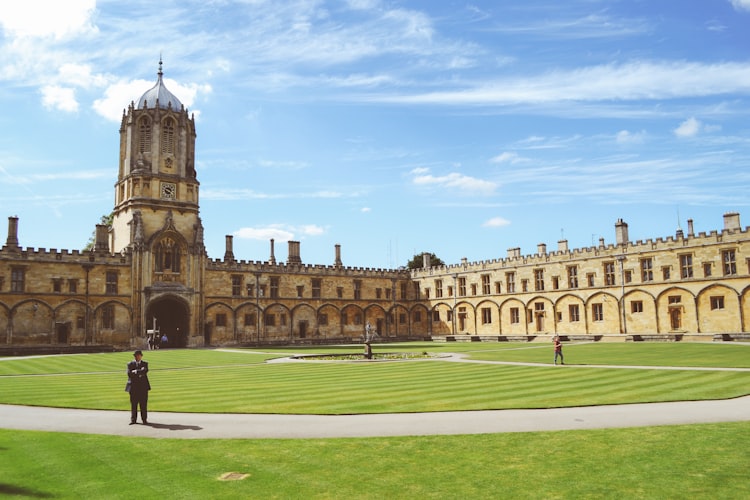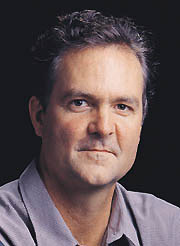
UCSC's David Haussler Wins Award through Deceptive Claims, Gene Myers Loses
I came across an article titled ‘A visionary, a genius, and the human genome’ and checked what the hoopla was all about. What I found was quite shocking.

It was May 2000, the race to sequence the human genome was on, and UC Santa Cruz Biomolecular Engineering Professor David Haussler was worried.
A private firm named Celera Genomics was beating a path to the prize with a big budget and what was reported to be the most powerful computer cluster in civilian use.
Meanwhile, an international consortium of scientistswhich Haussler had only recently been invited to joinwas lagging behind.
Haussler, a tall man with a penchant for Hawaiian shirts, had managed to wrangle 100 Dell Pentium III processor workstations for the project. About 30 had been purchased but others had been intended for student useuntil Dean of Engineering Patrick Mantey and Chancellor M.R.C. Greenwood agreed Haussler could “break in” the machines before they went into classrooms.
Each of the computers was less powerful than one of today’s smart phones, but, nevertheless, the UC Santa Cruz group was able to link them together for parallel processing, creating a makeshift “supercomputer” for the project.
What happened next was the stuff of movies: a genius and a brilliant computer scientist at an upstart university defying the odds to become the first in the world to assemble the DNA pieces of the human genome.
Why does UCSC bring up human genome project after 15 years and write a revisionist history? It is because ‘Genomics Institute director David Haussler awarded prestigious Dan David Prize’.
Joseph Klafter, president of Tel Aviv University and chair of the Dan David Prize Board, said in a video announcement of the prize laureates, “Professor David Haussler presented the first draft of the human genome sequence and developed the Genome Browser used worldwide for interpreting genome sequences. The browser includes tools for identifying and comparing genes, for accessing information on gene structure, function, and regulation, and for revealing gene-disease relationships. Dr. Haussler introduced machine learning techniques to bioinformatics, becoming a central paradigm in the field.”
Based on the literature, Haussler did not write any genome assembler any time before May 2000 and Haussler did not contribute to genome assembly field any time after July 2000. Gene Myers (an author of BLAST and also the inventor of suffix arrays) and his student Kececioglu developed the shotgun assembly algorithm in 1991 (Kececioglu’s thesis) and published about it in many papers since then. When Myers wrote a paper in 1997 explaining that the same algorithm could be used for human genome assembly, the clowns from government- backed human genome project protested. That was the main reason of Celera’s existence. We covered all that history in the following two blog posts.
An Opinionated History of Genome Assembly Algorithms (i)
An Opinionated History of Genome Assembly Algorithms (ii)
At Celera, Myers developed an algorithm that had been used for countless assemblies since then (including Drosophila, human and mouse). Even today, Jason Chin of Pacbio uses Celera assembler for assembling long-reads. Myers published a review paper in April 2000 describing the software along with the Drosophila genome paper that came out in the same issue.
Anyone, who has done a genome assembly and read through those early papers, clearly understands that Haussler’s claims of ‘doing the first assembly of human genome’ is utterly deceptive. The government-backed biologists kept repeating the claim to save their own back, but Haussler should know better. Therefore, if he accepts an award for ‘doing the first assembly of human genome’ with a straight face, he is also due for Manolis Kellis award for integrity sooner or later.